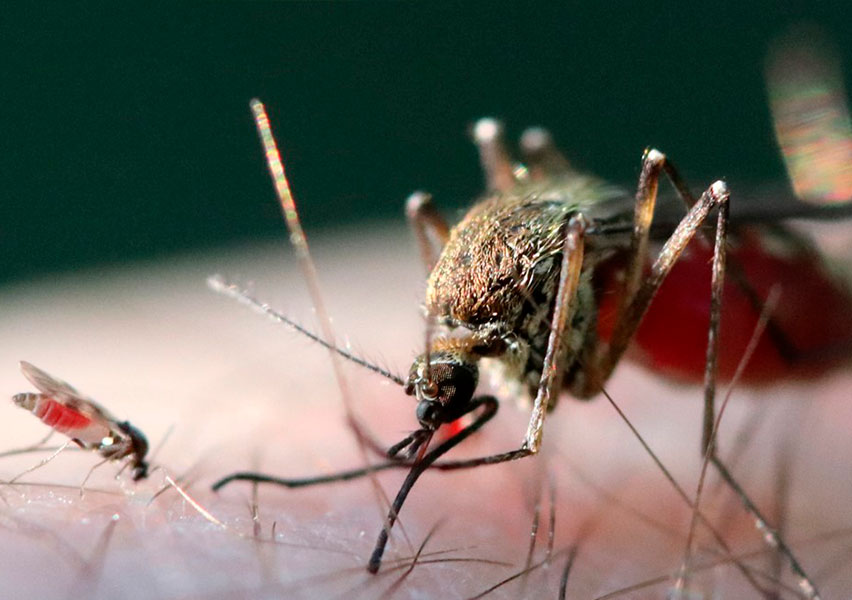Oropouche
Oropouche virus (OROV) is an arbovirus belonging to the Orthobunyavirus genus in the Peribunyaviridae family. First identified in 1955 in Trinidad and Tobago, OROV has caused outbreaks in several South American countries, particularly in the Amazon Basin. It is primarily transmitted by the biting midge Culicoides paraensis, though other mosquito species may also act as vectors.
Clinical Features
The incubation period ranges from 3 to 8 days. Common symptoms include:
- Sudden onset of fever
- Severe headache
- Extreme fatigue (prostration)
- Muscle and joint pain
- Photophobia
- Nausea, vomiting, and dizziness
- Lower back pain
Fever typically lasts up to 5 days. However, up to 60% of cases may experience a relapse of symptoms in the following weeks. In some cases, aseptic meningitis may develop, usually in the second week, which can prolong recovery.
Diagnosis
Diagnosis relies on molecular detection of viral RNA in blood during the acute phase using RT-PCR. In later stages, serological tests for IgM and IgG antibodies are useful. Because OROV shares symptoms with other arboviruses such as dengue, Zika, or chikungunya, laboratory confirmation is crucial for accurate diagnosis.
Treatment
There is no specific antiviral treatment for Oropouche virus. Management is supportive and includes:
- Antipyretics and analgesics to control fever and pain
- Adequate hydration
- Rest during the acute phase

